Australia AiG Performance of Manufacturing Index rose 9.9 pts to 51.5 in June, back into expansion region. AiG said that this only “indicates an improvement from the depths of April and May, rather than a recovery to buoyant conditions”. Also, “almost all of the improvement in June was concentrated in the large food and beverages sector”.
Also released, total building approvals dropped -16.4% mom in May, much worse than expectation of -6.0% mom. Private sector houses dropped -4.4% mom. Private sector dwellings excluding houses dropped -34.9% mom.




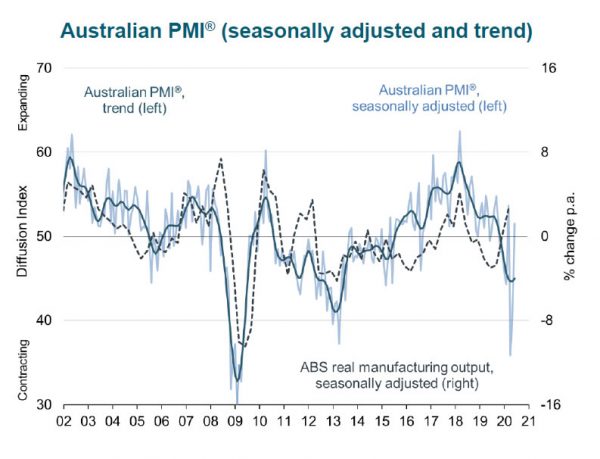
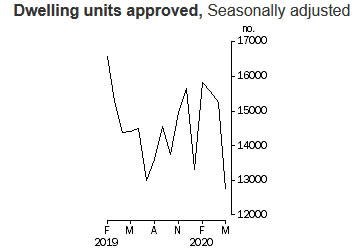
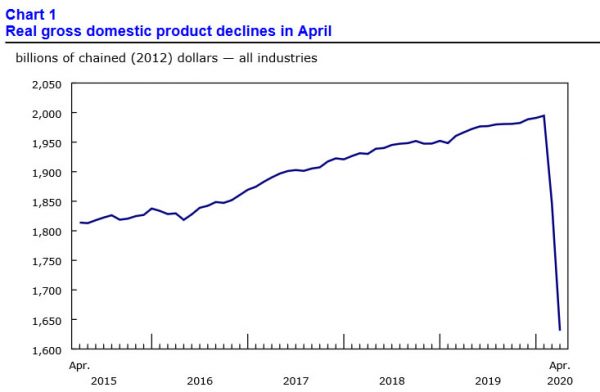
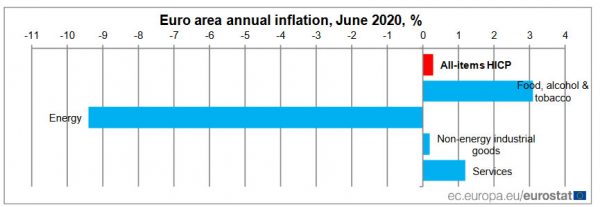
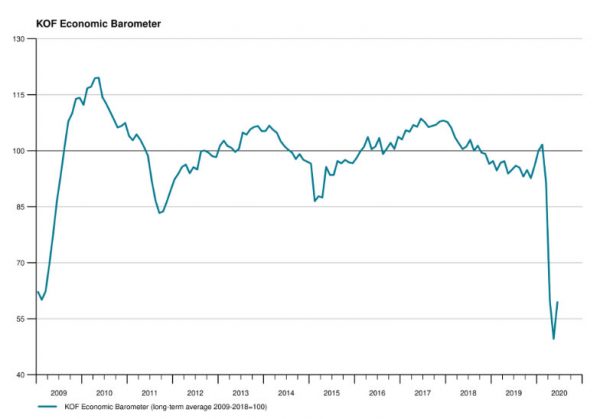
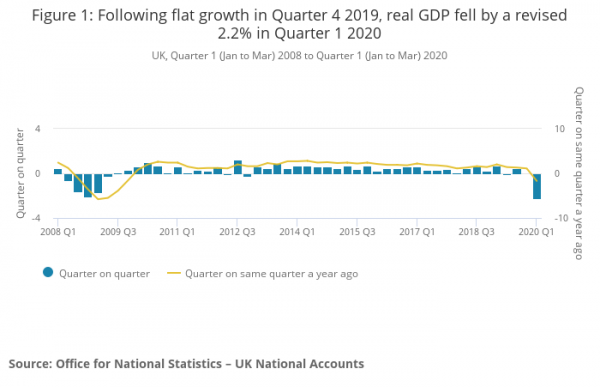
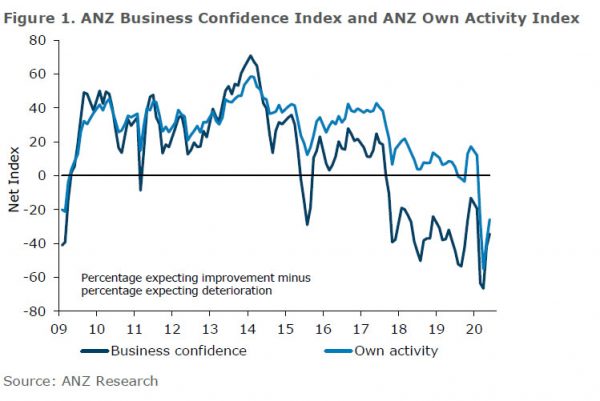
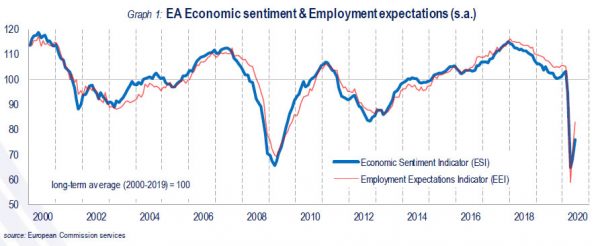
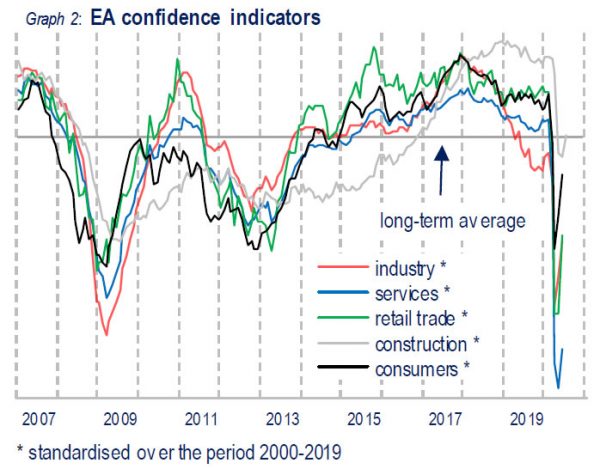
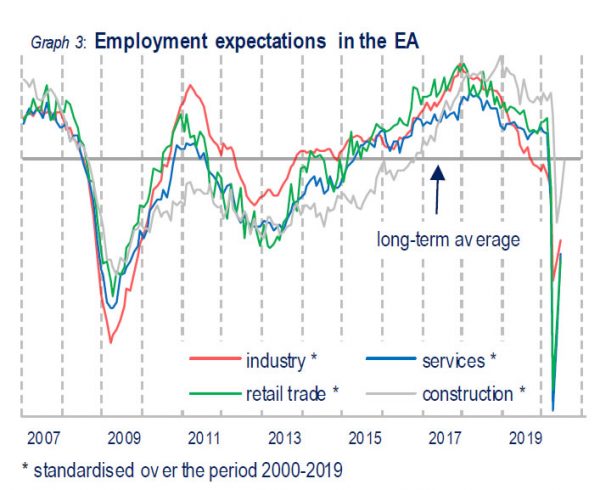
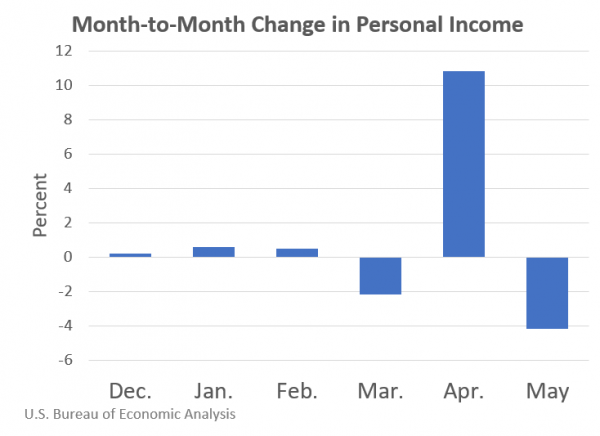

Japan tankan large manufacturing dropped to -34, worst since 2009
BoJ’s Tankan large manufacturing index dropped to -34 in Q2, down from -8, hitting the lowest level since 2009. That’s also worse than expectation of -31. Manufacturing outlook for September dropped to -27. Large non-manufacturing index dropped to -17, slightly better than expectation of -18. Non-manufacturing outlook also dropped to -14, but beat expectation of -15. On the positive side, all large industry capex rose 3.2%, versus expectation of 2.1%.
Full release here.